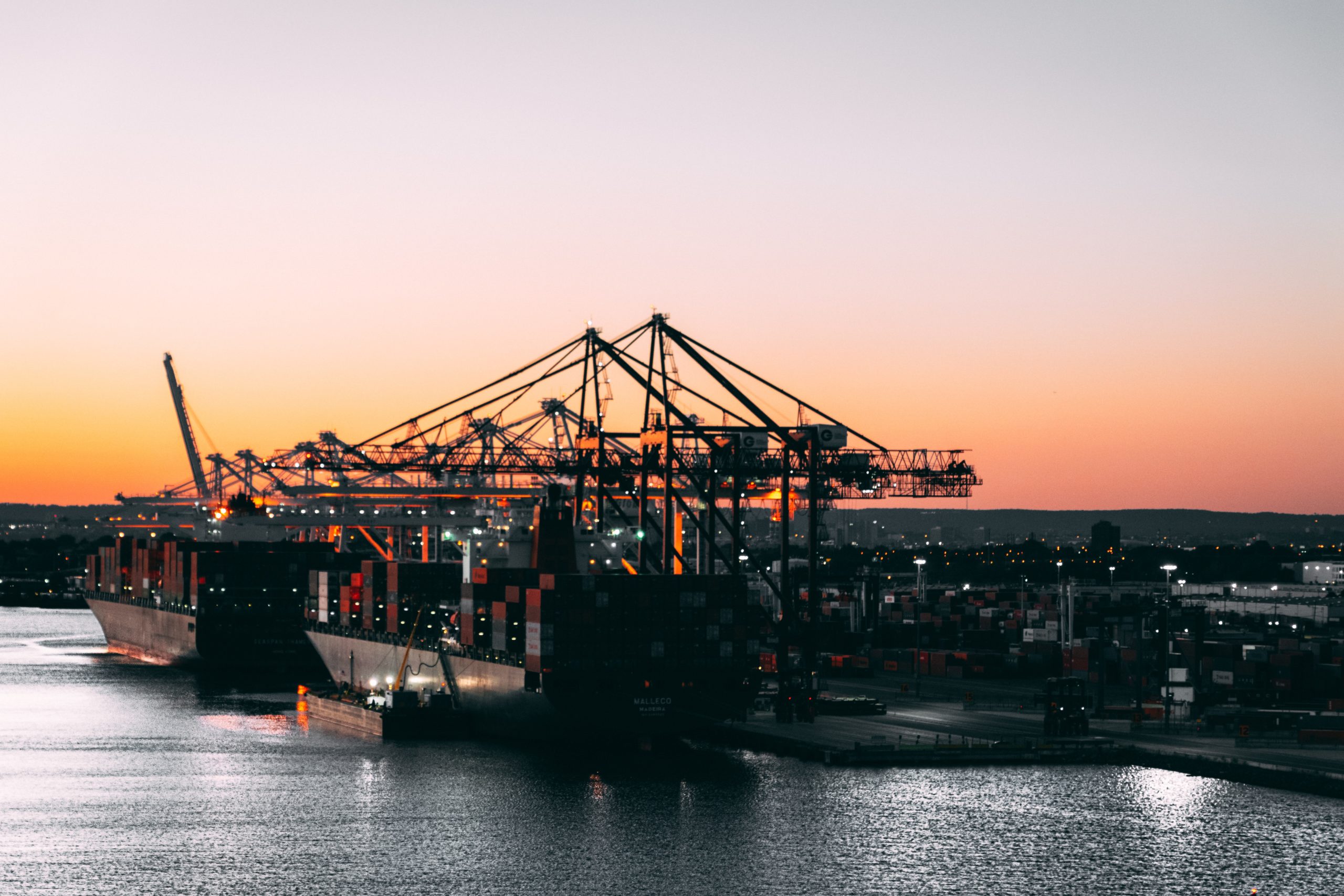The Special Area for Export Customs Clearance (REDEX) is characterized by a non-customs area in secondary areas, that is: areas that do not have direct contact with the outside – the entire area of national territory, excluding primary areas, territorial waters and airspace. REDEX was created with the aim of facilitating the movement of cargo for export, which is under the control of customs inspection.
As a result, export procedures and inspection of goods are facilitated, reducing costs for the exporter and generating agility in carrying out these processes.
WHAT IS THEIR IMPORTANCE AND FUNCTIONALITY
The entire process of import or export passes through an inspection area of the Federal Revenue Service. There are different types of spaces known as Customs Enclosures. REDEX is part of them.
Commonly, this area is intended for larger loads such as exports in bulk, in containers or even automobiles as an alternative to port spaces and solutions in the logistics of goods, this is why it can be located at a fixed address, which can be in common use for different companies or in an establishment of the exporter.
With that, REDEX comes with the premise of facilitating the monitoring of the load throughout the export logistics chain.

HOW DOES THE OPERATIONAL FLOW OF A REDEX WORK?
Typically, the operational flow happens in about six steps. This flow starts when the goods are transported from the exporter’s factory to the REDEX facility. When the cargo arrives in the logistics center area, all the documentation required for export undergoes a rigorous analysis by the Customs. Focus on files that match or are close to the sizes you recover all my deleted files apk download remember. This documentation includes, for example, the packing lists, commercial invoicesor even certificate of origin – in specific cases.
If everything is correct with the documentation, it is approved and the cargo goes through a physical inspection. After that, it is released for transport and when it is in the port area, it goes through a conference, thus finalizing the customs transit process and finally receiving permission for the shipment of the goods.
WHICH COMPANIES CAN BENEFIT?
As long as it meets the prerequisites requested by the Federal Revenue Service, any organization that works with export activities may apply for REDEX authorization.
AND WHAT ARE THE BENEFITS OF THIS TYPE OF OPERATION?
The most considerable benefit is the cost reduction in the operation, because any eventual problems can be resolved more quickly due to the proximity of the exporter’s customs authorities. In addition, the reduction of transport costs is another key factor, since the vehicles that will carry out the transport do not need to wait in the same way for the bureaucratic procedures involving the export process.
It is also possible to have faster shipment of the goods, since there is preference in the shipment order – if the cargo is already cleared – and also greater security in the process, since the cargo leaves internationalized and sealed by a customs authority of the Internal Revenue Federal Service.
With these and other advantages, the exporter can choose to use REDEX to obtain greater profitability and speed in the international movement of loads, allowing companies to draw up plans to expand the business in new territories due to the reduction of process prices.
To stay up to date with more news and have access to exclusive content written by our team, just keep an eye on our blog!








